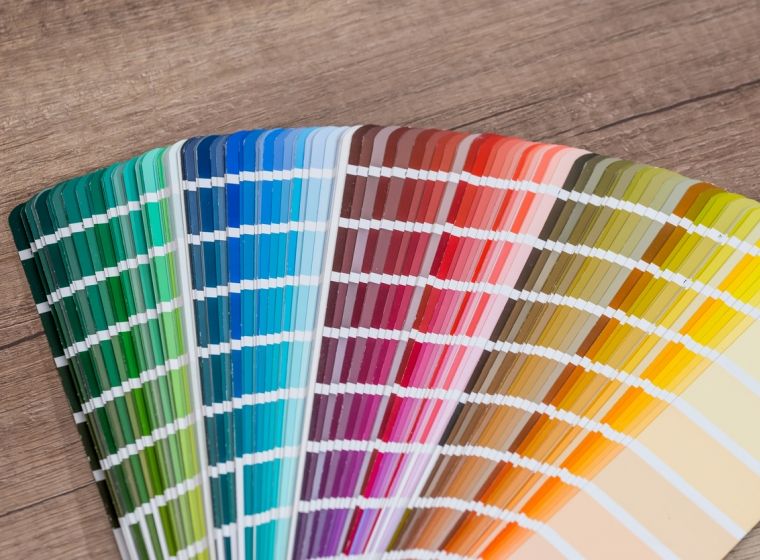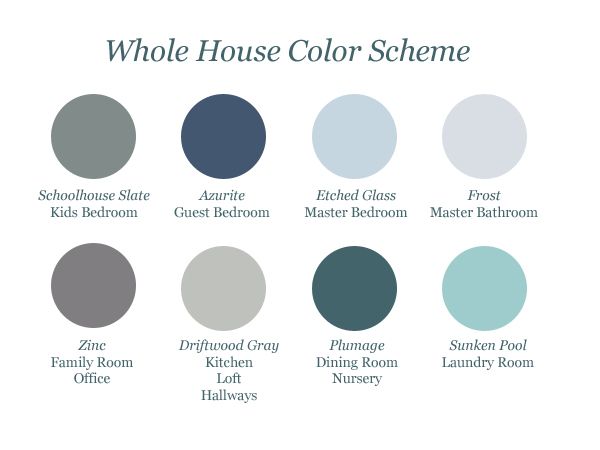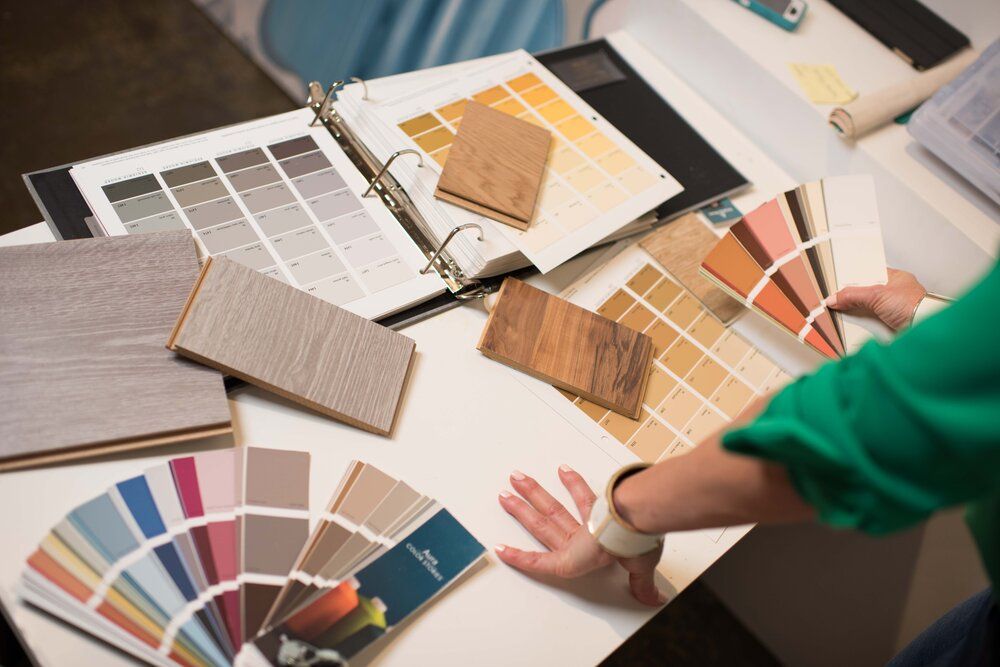
After you move into a new home, one of the first things you’ll want to do is choose a color palette. This can be pretty challenging, especially if you’re not sure where to start - but don’t worry, we’re here to help! In this article we’ll walk you through everything you need to know about choosing the perfect color palette for your new home.
Selecting the Type of Colors
When selecting the type of colors for your new home, you have a few options. You can choose to go with a monochromatic color scheme, where all of the colors are in the same family. You can also choose to go with a complementary color scheme, where you choose two colors that are contrasting each other on the color wheel.
Another option is a triadic color scheme, which uses three colors that are evenly spaced around the color wheel. On the flip side, you could choose an analogous color scheme, which uses colors that are next to each other on the color wheel. Ultimately, the decision is up to you!
Choosing your Color Scheme
Once you’ve decided on the type of color scheme you want to use, it’s time to start choosing your colors. If you’re going with a monochromatic scheme, you’ll want to choose a few different shades of the same color.

For a complementary scheme, you’ll want to choose two colors that are opposite each other on the color wheel. For a triadic or analogous scheme, you’ll want to choose three or four colors that are evenly spaced around the color wheel.
Color Tones
When it comes to choosing the actual colors for your home, you’ll want to think about the tones of each color. A color’s tone can be light, dark, or somewhere in between.
You’ll also want to consider the saturation of each color. Your colors can be highly saturated (very vibrant), moderately saturated (somewhat vibrant), or low saturated (not very vibrant). Again, the decision is up to you!
Stay Committed
Once you’ve selected the colors you want to use, it’s important to commit to them. This means painting all of the walls in your home the same color (or colors).
It can be tempting to paint each room a different color, but we recommend sticking to one scheme throughout the entire house. It will allow you to create a cohesive feel.

Lighting
When you’re selecting colors for your new home, it’s important to keep lighting in mind. Different types of lighting can change the way a color looks. For example, natural light tends to make colors look brighter, while artificial light can make them look darker.
Pro Tip: You can test your home’s lighting to see how the paint will actually look. Purchase some small paint samples or use some that you have left over from previous painting jobs. Walk around your home with them to get a feel for how they will look in each room under different lighting.

Color Each Floor Differently
One easy way to add some dimension and interest to your home is to color each floor differently. You can either go with a light and airy feel for the upper floors and a darker, richer palette for the lower floors, or vice versa. You can also get super creative and use completely different color schemes for each floor. This is a great option if you have a multi-level home.
Color by Room Use
Another way to approach choosing a color palette is to think about how each room will be used. For example, if you need your living room to be a relaxing space, you might choose calming blues and greens. If your kitchen needs to be a lively gathering space, you might choose warm, vibrant colors and so on. It creates a cohesive feel throughout your home while still allowing each space to have its own unique personality.
Keep It Simple
Sometimes, the best way to approach a new home color palette is to keep it simple. Choose one or two primary colors and use them throughout the home. You can do it by painting all the walls the same color or using the same colors for all the furniture and decor. That will create a soothing, unified feeling in your home. Plus, it’s easy to change up if you get tired of it after a while.
Start with an Inspiration Piece
It could be a nice piece of jewelry, a rug, or even a piece of art. Use this inspiration piece as a starting point for your color palette. Choose two or three colors from the piece that you love and use those as your base colors. Once you have chosen your base colors, you can then add in accent colors to give your space more contrast and interest.

Think About Your Furniture
Do you already have furniture that you plan on bringing with you to your new home? If so, you must consider it when choosing your color palette. You don’t want your furniture to clash with your walls, so make sure the colors you choose will go well with your existing pieces.
Don’t Be Afraid to Experiment
You can always paint a room a different color if you don’t like the way it looks. So, feel free to experiment. Try out different color combinations. You may be surprised at what will make you fall in love with your new home in the end.
How Long You Plan to Stay
If you are painting your new home to sell, you will want to consider choosing colors that appeal to a broad audience. Simple paint colors that can be easily repainted in a different shade will often help your home sell faster.
On the other hand, if you are painting your home to stay, you can afford to be a little more experimental with your paint colors. You’ll have more leeway to show off your personality in your paint selections if you know you’ll be in your home for a while.
Whatever your reason for painting, it’s important to select the colors you love for your new home. It is your house after all and you have to look at it every day!
Get Help From A Professional
If you’re still feeling unsure about which colors to choose, you can always consult with a professional. A color consultant can help you figure out which colors will work best in your new home.

Choosing the idea color palette for your new home that you’ll love can be scary business, but with our tips, you’ll be able to select a scheme that you love in no time! Just remember to start with a inspiration piece, consider the light, and think about your furniture. Test it out until you find a combination you love!



